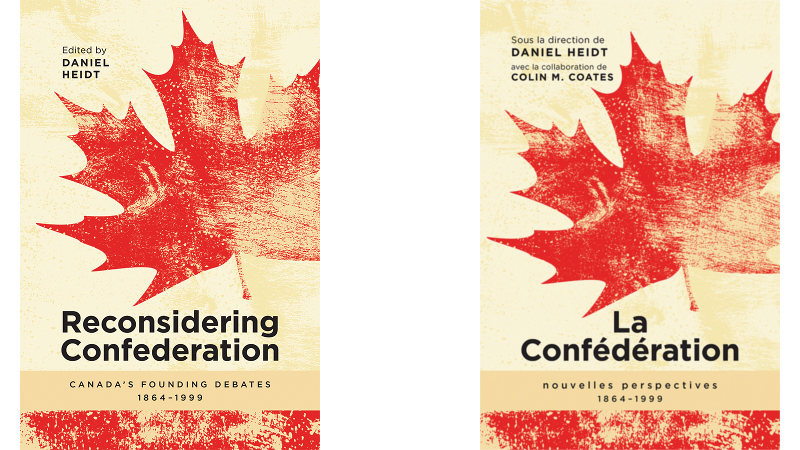Deliverables

Reconsidering Confederation
Reconsidering Confederation brings together Canada's leading historians to explore how the provinces, territories, and Treaty areas became the political frameworks we know today. In partnership with The Confederation Debates, this book traces the unique paths that each province and territory took on their journey to Confederation. It shows the roots of regional and cultural grievances, as vital and controversial in early debates as they are today. Reconsidering Confederation tells the sometimes rocky, complex, and ongoing story of how Canada has become Canada.
Read
Mini Units
With the help of Canadians from across the country, The Confederation Debates produced lesson plans for Grade 7/8 and high school clasess to engage their province or territory's parliamentary and Indigenous debates. All mini units include multiple activities, primary documents and conform with provincial and territorial curriculum requirements.
All of the Indigenous lesson plans were produced under the oversight of Professor John Borrows, the Canada Research Chair in Indigenous Law Nexen Chair in Indigenous Leadership at the University of Victoria.
Mini Units
Daily Quotes
Do you prefer reading Canada's founding records in small doses?
Check out the year's worth of daily quotes that we posted to social media between 1 July 2016, and 1 July 2017.
Daily Quotes
FAQ
Where do I get started? How I cite The Confederation Debates in my reaserch project?
Find these and many more helpful answers.
FAQ